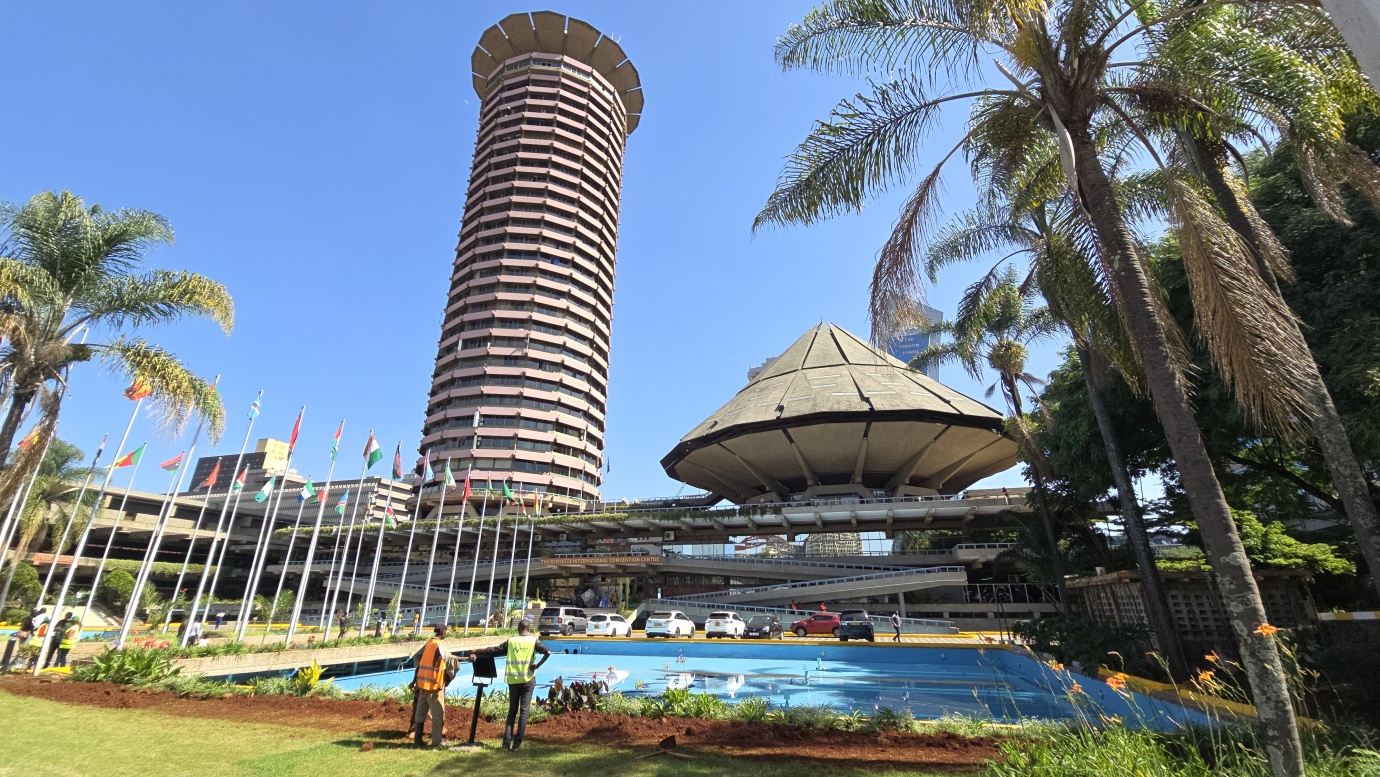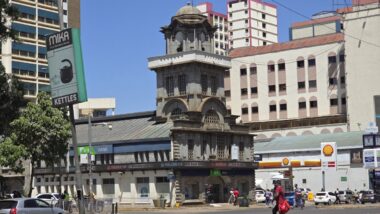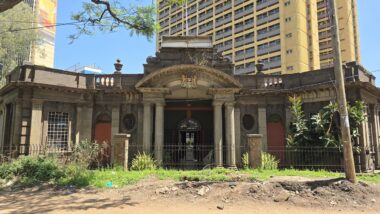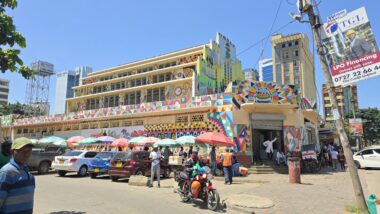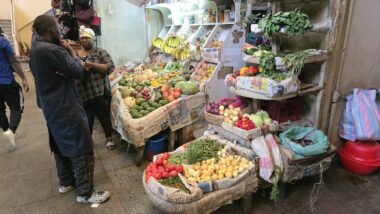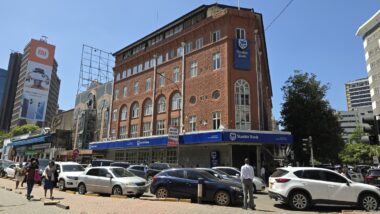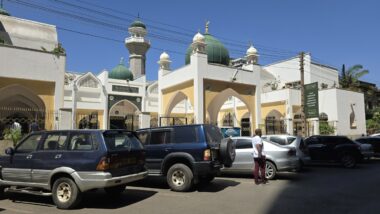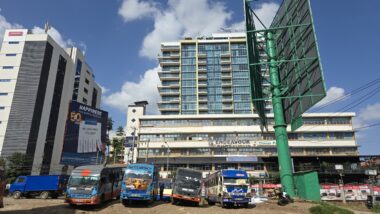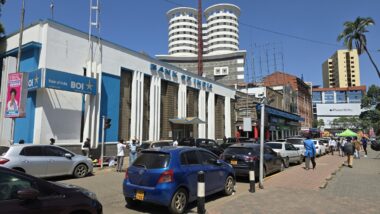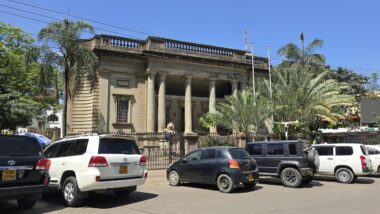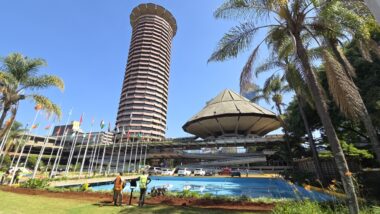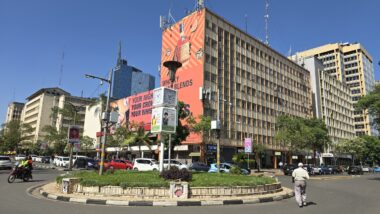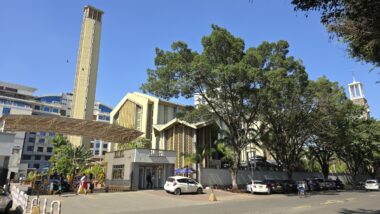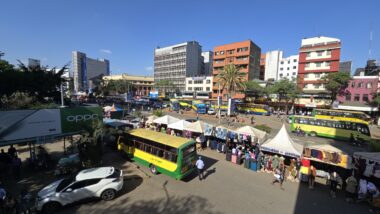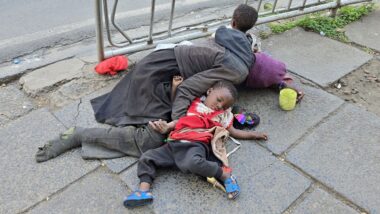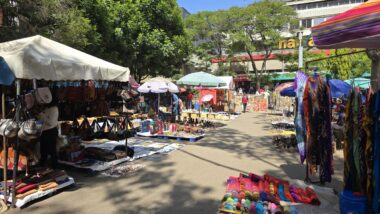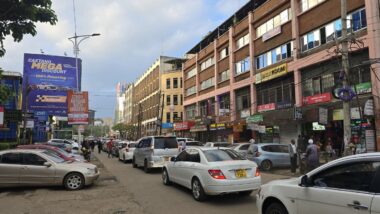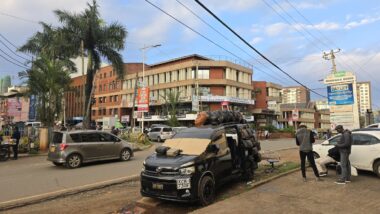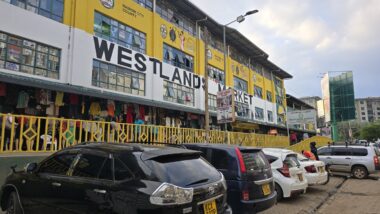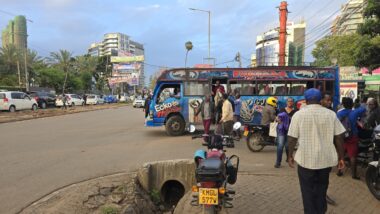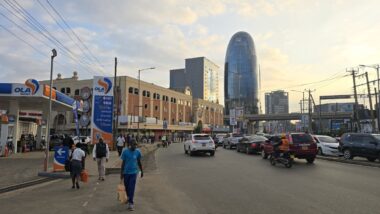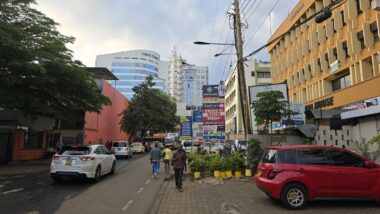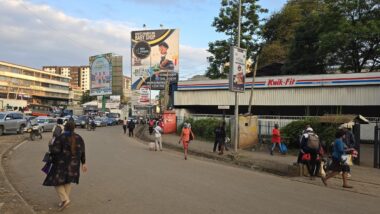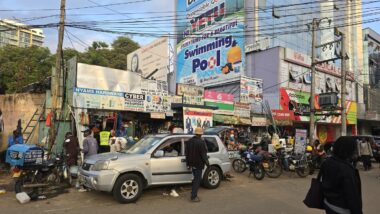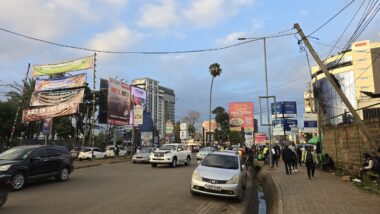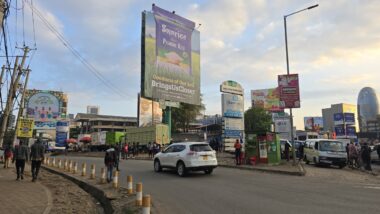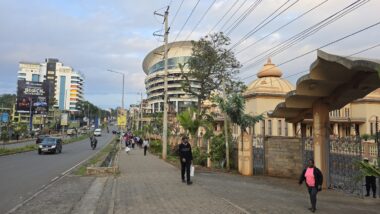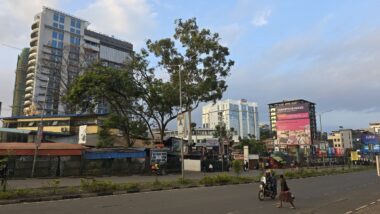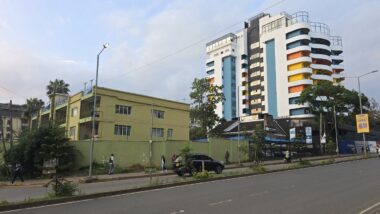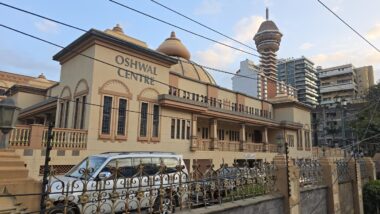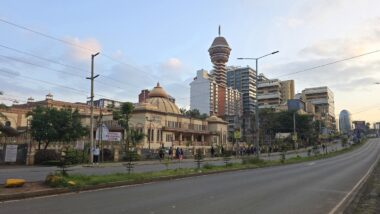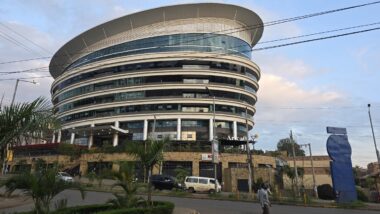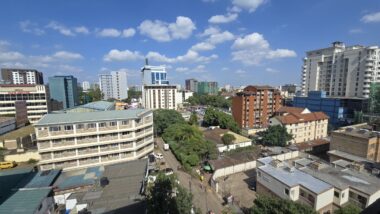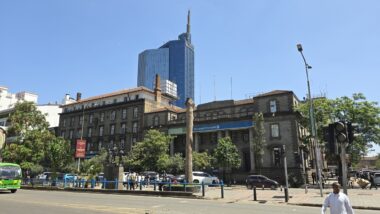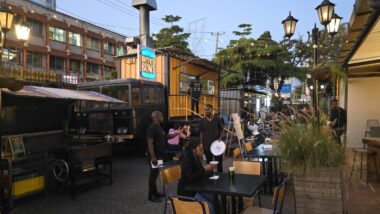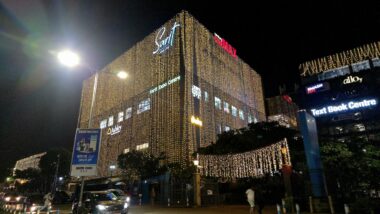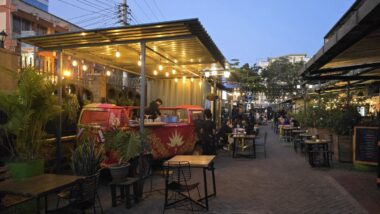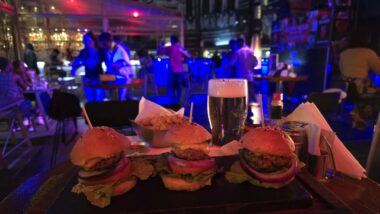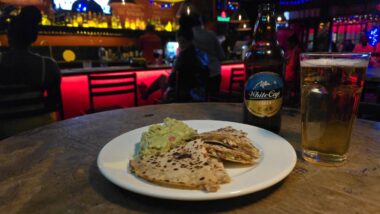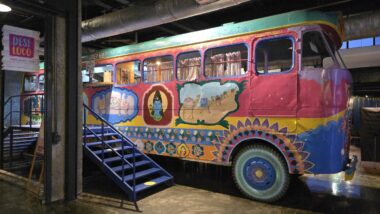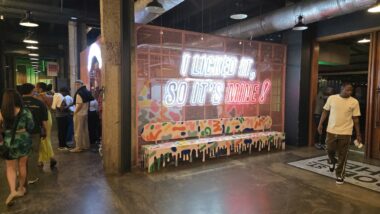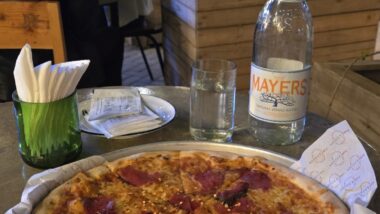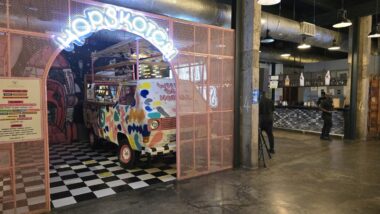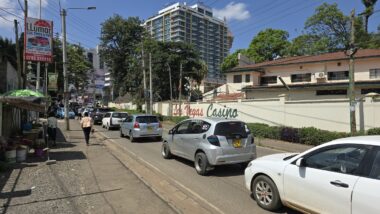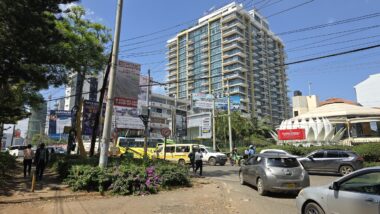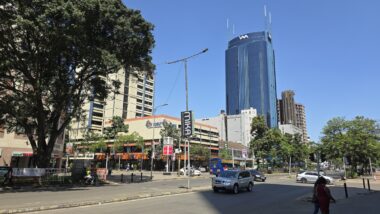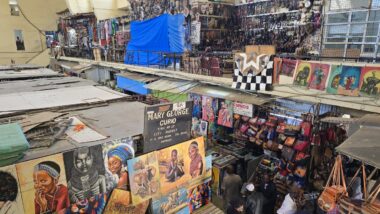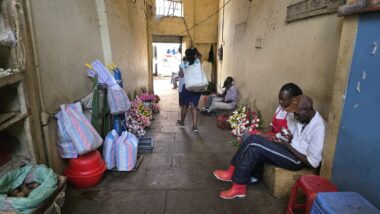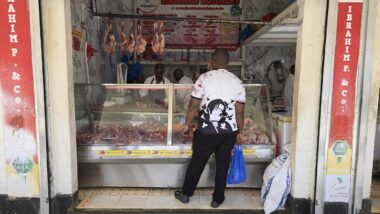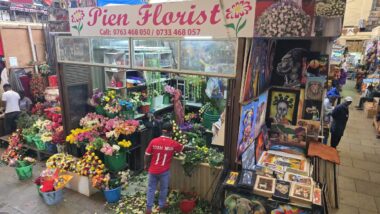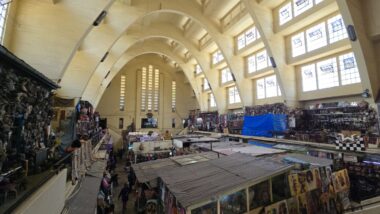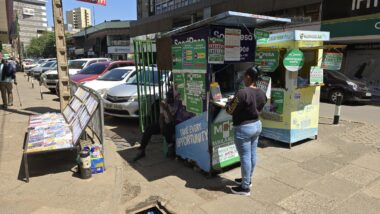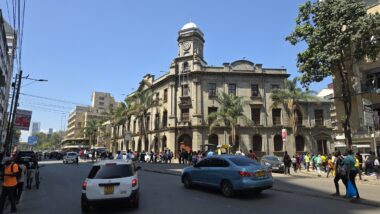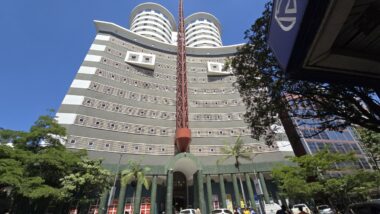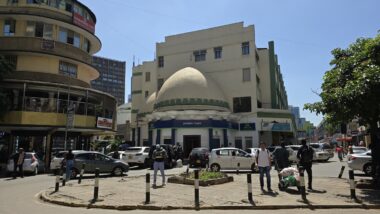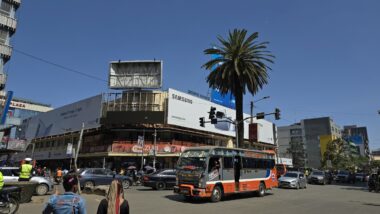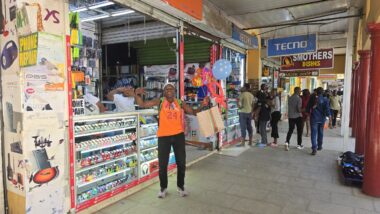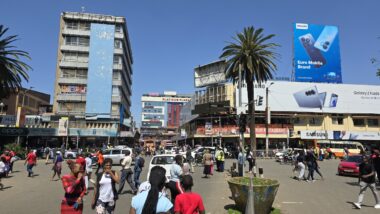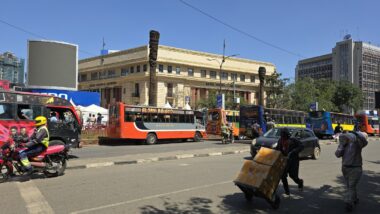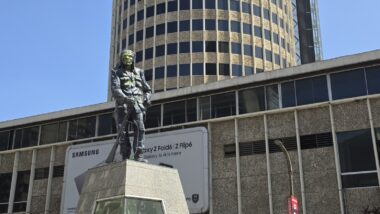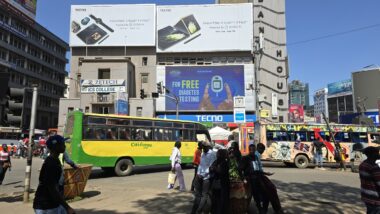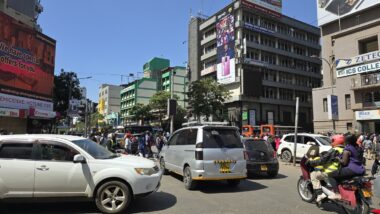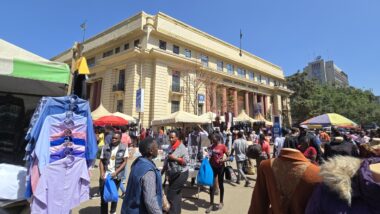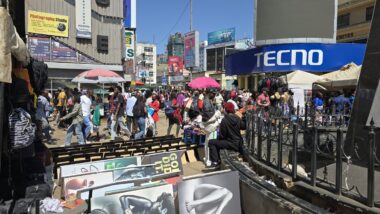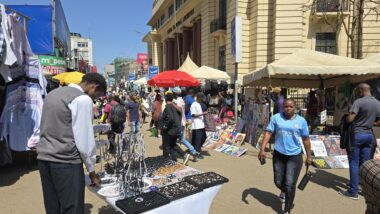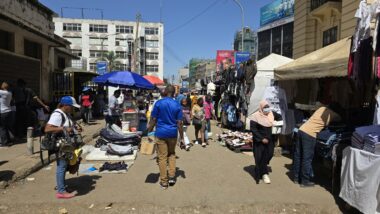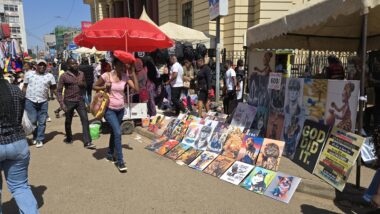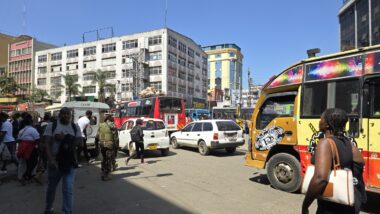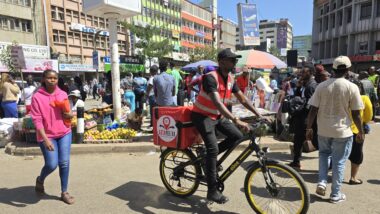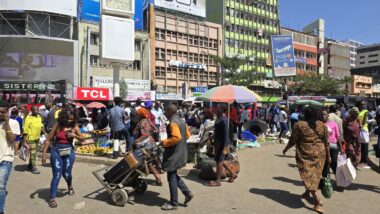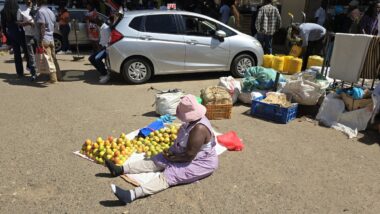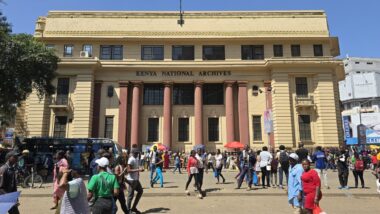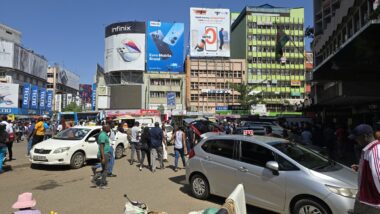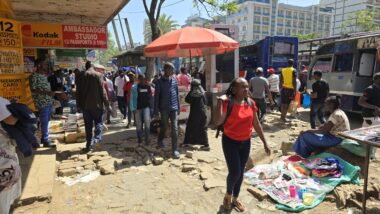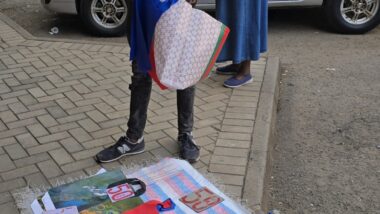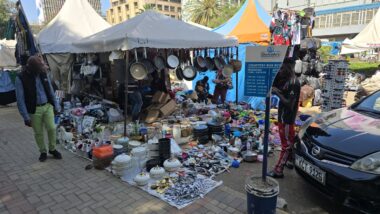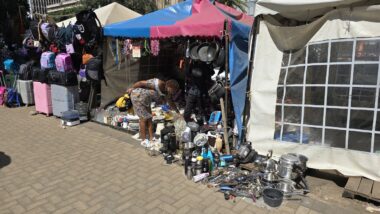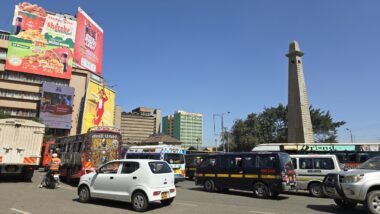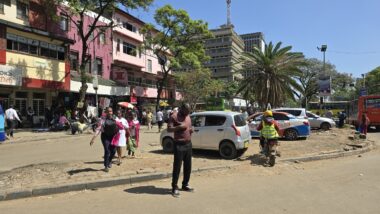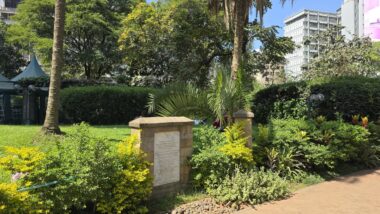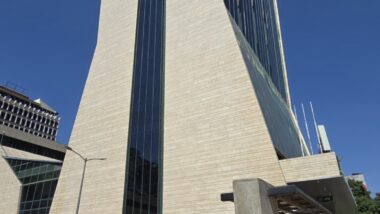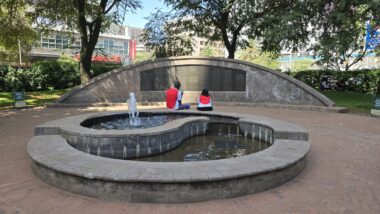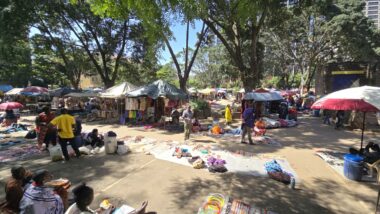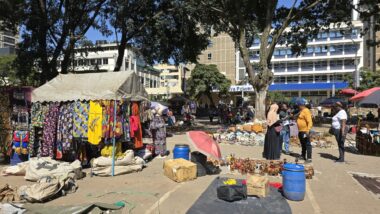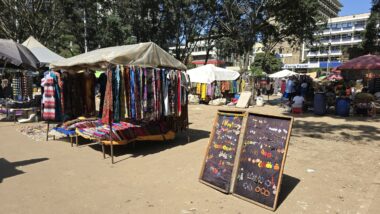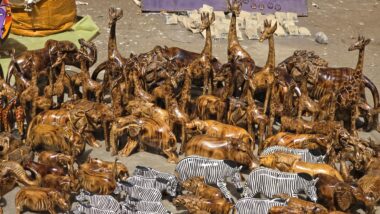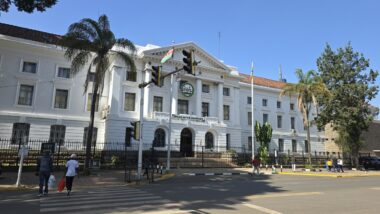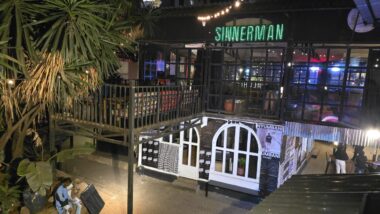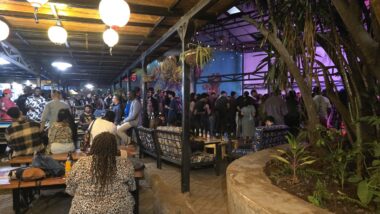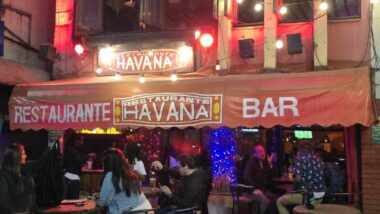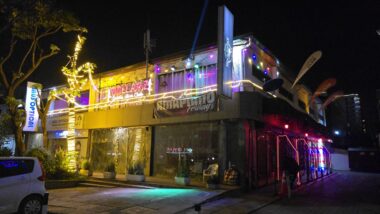Like any other large and growing city, Nairobi has a rough underside that travellers are well advised to avoid. But Nairobi is also the vibrant, multicultural epicentre worth a few days to experience. We spent around a week exploring its interesting parts during the day and enjoying the lively nightlife in the evenings.
Nairobi is the capital of Kenya. It is situated in the south-central part of the country, in the highlands, at an elevation of about 1,680 meters. The city originated in the late 1890s as a colonial railway settlement, taking its name from a water hole known to the Maasai people as Enkare Nairobi (“Cold Water”). When the railhead arrived there in 1899, the British colonial capital of Ukamba province was transferred from Machakos (now Masaku) to the site, and in 1905, Nairobi became the capital of the British East Africa Protectorate. From about 1900 onward, when a small Indian bazaar was established in Nairobi, the city was also a trading centre.
As a governmental centre, Nairobi subsequently attracted a stream of migrants from rural Kenya, making it one of the largest cities in tropical Africa. It was declared a municipality in 1919 and granted city status in 1954. When Kenya gained independence in 1963, Nairobi remained the capital.
The city’s architectural landmarks include the Kenyatta International Conference Centre, the Parliament Building and City Hall, the Law Courts, the Roman Catholic Cathedral, and the Jamia Mosque. But we also explored Nairobi Gallery (🎟️ 1050 KES), Nyayo Monument (now closed), Kipande House, City Market full of handicrafts shops, McMillan Memorial Library (closed), Bank of India building, SCB building, Stanbic Bank building, Nation Centre building, Khoja Jamatkhana, National Archives, August 7 Memorial Park and traditional Maasai Market. We stayed in the ideally located Crossroads Hotel in the heart of Westlands, very close to the “Electric Avenue” – a busy (Wednesday to Sunday) fun place where you can walk safely in the evening. For food, we usually went to the popular Nairobi Street Kitchen, where upstairs is also a lively club, Social (🎟️ 1,000 KES / 🎟️ 3,500 KES for events, beer 450 KES). Alternatively, we went to the old-fashioned Havana Restaurant, just opposite the trendy rooftop Brew Bistro (Beer 600 KES). Around the corner is a very popular place, The Alchemist (Beer 500 KES, on weekends 🎟️ 500 KES – exchangeable for a drink) – a venue similar to Nairobi Street Kitchen. However, there are numerous other options in Nairobi, including many well-known upscale restaurants and clubs.
The best options are to go to Brew Bistro on Wednesday and to The Social on Thursday, as people can afford to pay 1,000 KES for entrance. On weekends, go to other places because Social is not worth a visit during “events” with overpriced entrance tickets. The crowd is totally different, and the club is half-empty anyway.
Parking location – Nairobi: 1.362266S 36.740057E
(🚻,🚿,💦,🔌,🫧👕500 KES/washing and 700 KES/drying,🅿️1,500 KES/person + 600 KES/truck and day)


